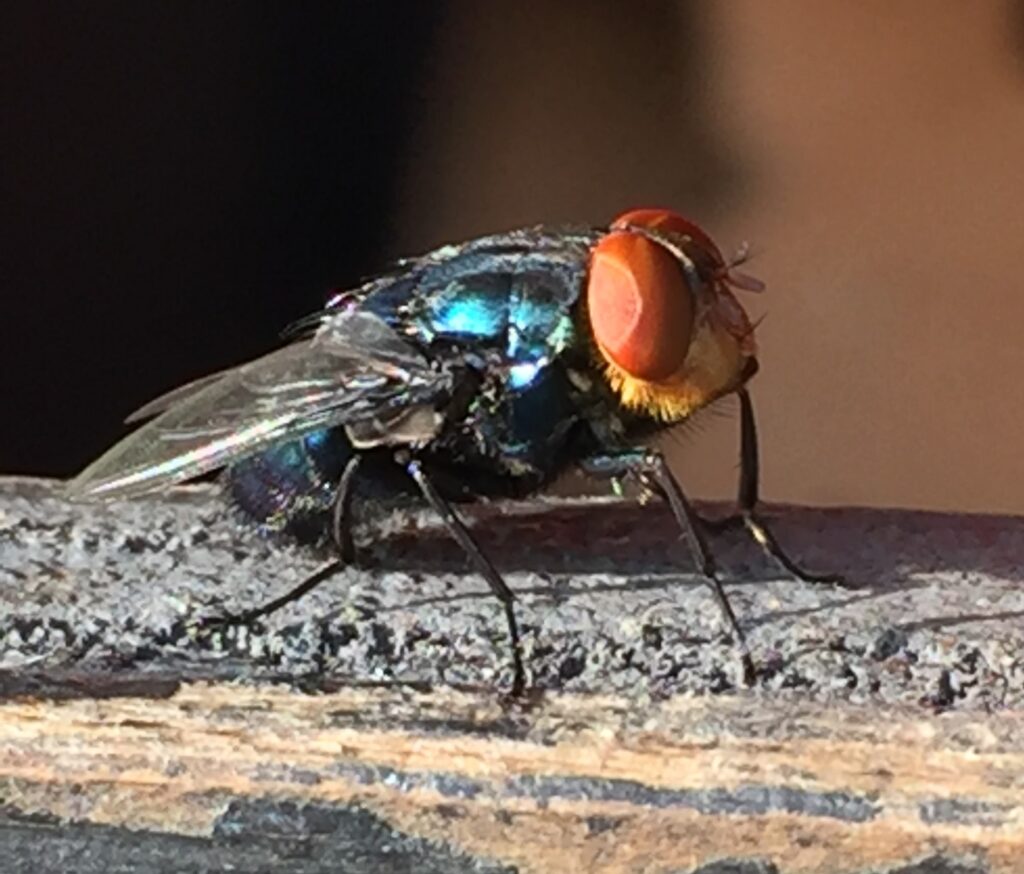New World Screwworm (NWS)
go.ncsu.edu/readext?1102438
en Español / em Português
El inglés es el idioma de control de esta página. En la medida en que haya algún conflicto entre la traducción al inglés y la traducción, el inglés prevalece.
Al hacer clic en el enlace de traducción se activa un servicio de traducción gratuito para convertir la página al español. Al igual que con cualquier traducción por Internet, la conversión no es sensible al contexto y puede que no traduzca el texto en su significado original. NC State Extension no garantiza la exactitud del texto traducido. Por favor, tenga en cuenta que algunas aplicaciones y/o servicios pueden no funcionar como se espera cuando se traducen.
Português
Inglês é o idioma de controle desta página. Na medida que haja algum conflito entre o texto original em Inglês e a tradução, o Inglês prevalece.
Ao clicar no link de tradução, um serviço gratuito de tradução será ativado para converter a página para o Português. Como em qualquer tradução pela internet, a conversão não é sensivel ao contexto e pode não ocorrer a tradução para o significado orginal. O serviço de Extensão da Carolina do Norte (NC State Extension) não garante a exatidão do texto traduzido. Por favor, observe que algumas funções ou serviços podem não funcionar como esperado após a tradução.
English
English is the controlling language of this page. To the extent there is any conflict between the English text and the translation, English controls.
Clicking on the translation link activates a free translation service to convert the page to Spanish. As with any Internet translation, the conversion is not context-sensitive and may not translate the text to its original meaning. NC State Extension does not guarantee the accuracy of the translated text. Please note that some applications and/or services may not function as expected when translated.
Collapse ▲The New World Screwworm is a parasitic fly that causes serious damage and can lead to death of the animal. The NWS can infest livestock, pests, wildlife, and although rarer – people. The adult fly lays eggs on the edges of an open wound. The eggs hatch into larvae which burrow into the wound to feed on the tissue, causing the wound to become bigger and deeper. The larvae stage of this pest has sharp mouth parts that resemble hooks which is what causes the tissue damage. Once the larvae are finished feeding, they drop off the animal to pupate underground in the soil and emerge as an adult fly where the cycle continues. This pest was once in the United States but was successfully eradicated by releasing sterile males, known as the sterile insect technique (SIT). As of May of this year, we are beginning to turn our attention back to this pest as case numbers increase in South America and Mexico, with one case in Mexico being only 70 miles from the U.S. border as of September 2025. Because of these recent cases moving north of a biological barrier that has contained this pest for decades until now, measures are being taken in an attempt to prevent this pest from entering the U.S. by USDA APHIS and other federal agencies. These include use of the SIT, developing and enforcing animal movement controls, and increasing surveillance, outreach, and education. To see the announcement, use the link here: https://www.usda.gov/about-usda/news/press-releases/2025/08/15/usda-announces-sweeping-plans-protect-united-states-new-world-screwworm. There have been no detections of NWS in livestock or other animals in the United States at this time, but being aware of this pest and monitoring for signs will likely become increasingly important. Look for signs such as irritated behavior, head shaking, the smell of decay, and presence of larvae (maggots) in wounds. If you see any of these signs, contact your veterinarian and call NCDA&CS Veterinary Division at (919) 707-3250.
Pictured: Adult fly and larvae stage (maggots)
Sources:
https://www.aphis.usda.gov/livestock-poultry-disease/cattle/ticks/screwworm
https://www.aphis.usda.gov/livestock-poultry-disease/cattle/ticks/screwworm/outbreak-central-america
https://agrilifeextension.tamu.edu/new-world-screwworm-fact-sheet/







